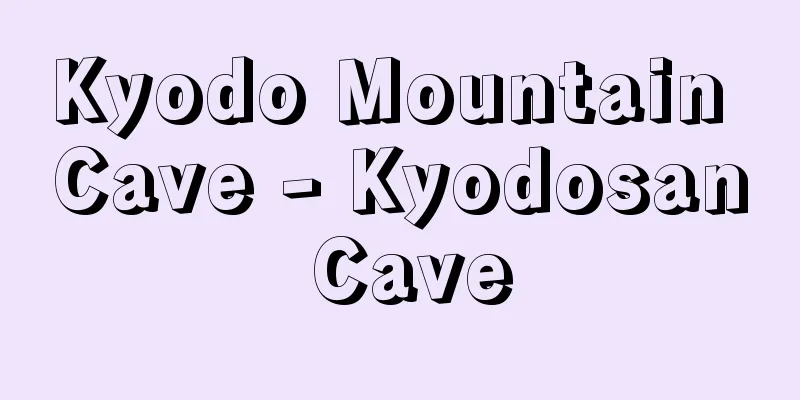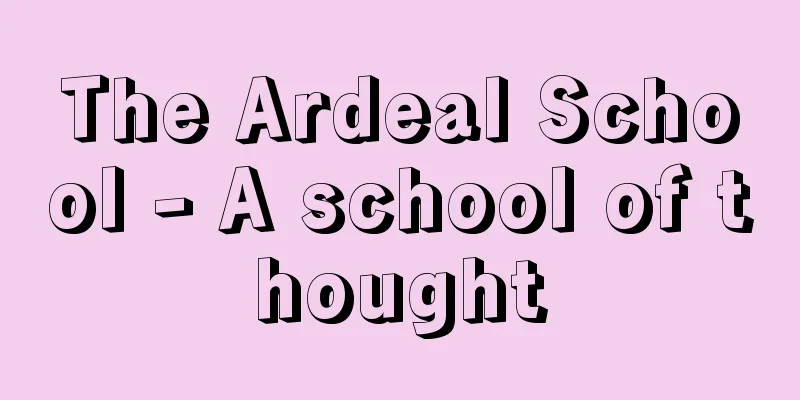Kyodo Mountain Cave - Kyodosan Cave

|
This is a Northern Qi dynasty (550-577) rock-cut temple built on Gushan, west of Handan city, Hebei province, China. It consists of the North and South Kyotangshan. The North Kyotangshan Rock-cut Temple is located on the west side of Gushan in Yijingli, Wu'an County, with three caves lined up on the mountainside. The North Cave is the largest, with a triad of Buddhas carved on three sides of a huge square pillar, and the tower-shaped decorations on the surrounding walls are magnificent. The Middle Cave is characterized by its colonnade on the outer wall, adopting the temple sanctuary style, creating a large niche in the center with five statues. The sculptures on Kyotangshan show a style that is exactly halfway between the Dragon Gate style of the Northern Wei dynasty and the Sui and Tang style of Buddhist statues. The South Cave is a Buddhist niche. The gorgeous honeysuckle motif decoration at the entrance is noteworthy, but the Tang Yong carved Buddhist scriptures outside the cave are also famous. A large octagonal nine-storey brick tower remains at the site of Changle Temple at the foot of the mountain. The Nankyodo Mountain Grottoes are located in Pengcheng Town, Ci County, and seven caves have been carved into the rocky mountain to the right of the temple complex. They are divided into two levels, with the two lower caves both being square pillar caves, and the first cave has carvings of the Avatamsaka Sutra and the Prajnaparamita Sutra. The five caves on the upper level are lined up in front of a terrace, and the carvings in caves five, six and seven are worth seeing. The Nankyodo Mountain Grottoes are slightly later in time, but they are in poor condition, small in scale and somewhat inferior to the carvings and decorations at the Kitakyodo Mountain Grottoes. [Rei Yoshimura] Source: Shogakukan Encyclopedia Nipponica About Encyclopedia Nipponica Information | Legend |
|
中国、河北(かほく/ホーペイ)省邯鄲(かんたん/ハンタン)市の西にある鼓山に営まれた北斉(ほくせい)代(550~577)の石窟(せっくつ)寺院で、南、北両響堂山がある。北響堂山石窟は武安県義井里、鼓山の西面にあり、山の中腹に3窟が並んでいる。北洞は規模最大で、巨大な方柱の3面に三尊仏を刻み、周壁を飾る塔形装飾もみごとである。中洞は外壁の列柱に特徴があり、寺の内陣形式を採用、中央に五尊像を置く大龕(だいがん)をつくりだしている。響堂山の彫像は北魏(ほくぎ)の竜門様式が隋(ずい)・唐様式の仏像へと移る、ちょうど中間の様式を示している。南洞は仏龕窟。門口の華麗な忍冬(にんどう)文様の装飾が注目されるが、洞外の唐邕(とうゆう)刻経記は有名である。山麓(さんろく)の常楽寺址(し)には八角九層の大塼塔(だいせんとう)が残っている。南響堂山石窟は磁県彭城鎮(ほうじょうちん)にあり、伽藍(がらん)の向かって右手にある岩山に石窟7所がつくられている。上下2段になっており、下層の2窟はともに方柱窟、第1洞には『華厳(けごん)経』や『般若(はんにゃ)経』を刻んでいる。上層の5窟はテラスを前にして並んでおり、第5、第6、第7洞の彫刻にはみるべきものがある。南響堂山石窟は、時代がやや遅れるが、保存状態も悪く、規模も小さく、北響堂山の彫刻、装飾と比べてやや見劣りがする。 [吉村 怜] 出典 小学館 日本大百科全書(ニッポニカ)日本大百科全書(ニッポニカ)について 情報 | 凡例 |
<<: Joint ownership - Kyodoshoyuu (English spelling) condominium
>>: Utility tunnel - Kyodoukou
Recommend
Agra (English spelling)
A commercial city on the Jamuna River in the weste...
Red
It is said that in ancient times, "aka"...
housewife
...However, in small families centered around the...
Intaglio printing machine
〘 noun 〙 A printing press for intaglio printing. ※...
Takaida cave group - Takaida cave group
Located in Takaida, Kashiwara City, Osaka Prefectu...
Ẓāhir al-'Umar (English spelling) Zahir al-Umar
...However, in the second half of the 18th centur...
Rock Seat - Technique
〘 noun 〙 A pedestal for a Buddhist statue, in the ...
Princess Yata
Daughter of Emperor Ojin. In the Kojiki, she is ca...
Military satellite
A satellite used for military purposes, such as c...
Extradition Order - Extradition Order
This refers to decisions made by the execution cou...
"Tête d'or" (English spelling)
...His later thoughts on the nature of poetry and...
Abd al-Qadir (16th century)
...The trend of coffee adoration and the politica...
Efflux - Efflux
... The Khoisan language family is characterized ...
Climate zone
Zones with similar climates that surround the Ear...
The erudite Hong-ci-ke (English: Bo-xue Hong-ci-ke; Po-hsüeh Hung-tz`uk`o)
In China, during the Qing Dynasty, this was one of...









